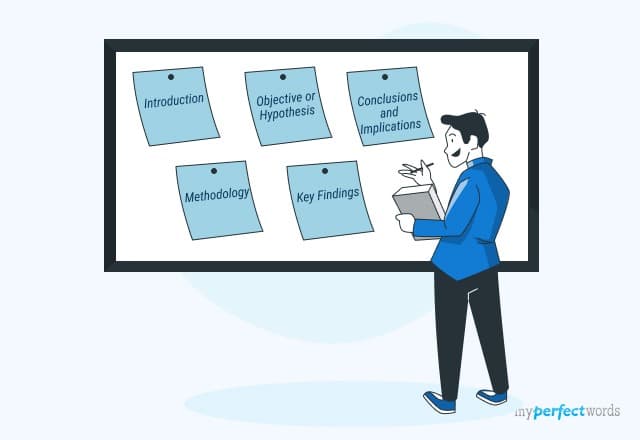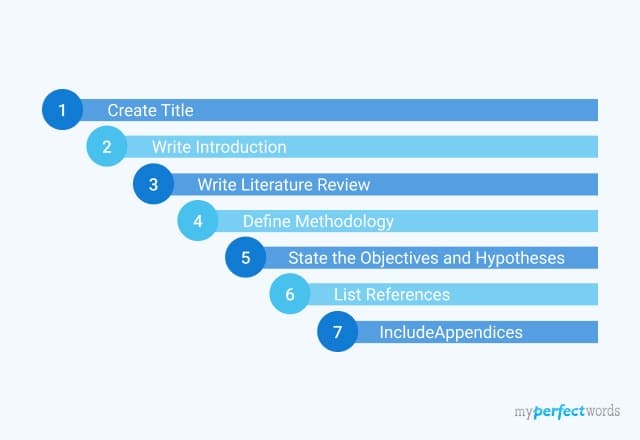
Crafting a dissertation proposal can be perplexing and anxiety-inducing for many students.
Uncertainty about what a dissertation proposal is and its significance can lead to frustration and procrastination.
But don’t worry!
In this blog, we'll simplify the process, offering clear insights to help you navigate the journey of creating a dissertation proposal with confidence and clarity.
On This Page![]()
- 1. What is a Dissertation Proposal?
- 2. Components of a Dissertation Proposal
- 3. How to Write A Dissertation Proposal?
- 4. Dissertation Proposal Format
- 5. Dissertation Proposal Samples
- 6. Tips to Write a Dissertation Proposal
What is a Dissertation Proposal?
A dissertation proposal is a written document that serves as a plan for your upcoming research project, often required in an advanced academic degree, like a master's or a Ph.D.
This proposal outlines what you intend to investigate in your dissertation, why it's important, and how you plan to go about it.
It serves as an agreement between you and your academic institution, showing that you've thought through your research thoroughly and have a clear plan to carry it out. It also helps you refine your research focus, ensuring that your study is well-structured and viable.
Significance of a Dissertation Proposal
Primarily, it serves as a roadmap for your research journey, providing a clear plan and structure for your study.
Moreover, it acts as a formal agreement, displaying to your academic institution that you've thoroughly considered your research and have a concrete plan in place. This crucial document enables you to seek feedback and guidance, refining and improving your research plan.
A dissertation proposal is not just a procedural step; it's vital for a well-organized research project.
How Long Is a Dissertation Proposal?
The length of a dissertation proposal can vary based on the specific requirements outlined by your academic institution. Typically, proposals can range from 1500 to 3000 words, but it's essential to verify the guidelines.
In some instances, the proposal's length might be indicated by the number of pages rather than a word count. As a general guideline, a proposal might span between 10 to 20 pages.
Dissertation proposal length varies; follow your institution's guidelines.
Components of a Dissertation Proposal
A dissertation proposal is a structured document that lays the foundation for your research project. It provides a comprehensive overview of what your study aims to achieve and how you plan to accomplish it.
Let's break down the key components of a dissertation proposal outline:
Title
The title of your dissertation proposal should be concise, descriptive, and captivating. It should provide readers with a clear understanding of the topic and scope of your research.
A well-crafted title should act as a preview of what your proposal is all about. Avoid vague or overly broad titles and strive for specificity.
Example:
- Ineffective Title: "Education Research Proposal"
- Effective Title: "The Impact of Inquiry-Based Learning on Student Engagement in High School Science Classrooms"
Introduction
The introduction is the opening section of your dissertation proposal, and it serves as the gateway to your research. It should provide context for your study and introduce the reader to the central issue.
1. Background and Context
To start your dissertation proposal, you'll need to provide the background information necessary to understand your research. Discuss the historical, social, or academic context that led to your research question. What are the gaps in current knowledge, and why is your research important?
2. Research Problem/Question
Clearly articulate your research problem or question in this section. This is the heart of your proposal, and it should be well-defined, specific, and researchable.
Consider the "5 W's" – Who, What, Where, When, and Why – to ensure you're addressing all relevant aspects of your research problem.
Example:
- Background and Context: "The educational landscape is constantly evolving, with new teaching methods and technologies emerging. However, traditional teaching methods continue to persist in many classrooms, raising questions about their effectiveness."
- Research Problem/Question: "This study aims to investigate the impact of implementing inquiry-based learning methods on student engagement in high school science classrooms. Specifically, we will explore whether this approach leads to greater student participation and improved learning outcomes."
Literature Review
The literature review section is an essential part of your proposal. It demonstrates your understanding of the existing body of knowledge in your research area.
Discuss the significance of the literature review. Explain how it contributes to your research by highlighting the gaps, controversies, and insights in the existing literature. Emphasize why your study is necessary to advance the field.
Methodology
The methodology section outlines the methods and techniques you plan to use for your research.
1. Research Methods
Explain the research methods you intend to employ in your study. Will you use qualitative, quantitative, or mixed-methods research? Describe your approach to data collection and analysis.
2. Data Collection and Analysis
Detail the procedures for gathering data. This may involve surveys, interviews, experiments, or observations. Discuss how you plan to analyze the collected data. Be specific about the statistical tools or analytical frameworks you'll use.
Objectives and Hypotheses
This section outlines the specific goals and hypotheses of your study. Objectives are the measurable outcomes you hope to achieve, while hypotheses are testable predictions based on your research question.
Example:
- Objectives: "To assess the impact of inquiry-based learning on student engagement, participation, and academic performance."
- Hypotheses: "H1: Students exposed to inquiry-based learning will exhibit higher levels of engagement and participation compared to those in traditional classrooms."
References
List all the sources and references you have cited in your proposal. Ensure that you follow the specific citation style required by your institution or department, such as APA, MLA, or Chicago.
Appendices
Any additional material that supports your proposal but isn't essential to the main text can be included in the appendices. This may include surveys, questionnaires, or supplementary data.
How to Write A Dissertation Proposal?
Drafting a dissertation proposal is a structured process that requires careful consideration and planning.
Here are the steps to help you craft a strong proposal on any dissertation topic:
Step 1 - Choosing a Research Topic
While choosing a topic, begin by considering your interests. A topic you're passionate about will keep you motivated throughout the research process.
However, passion alone isn't enough. Ensure the topic is feasible by assessing available resources, data, and your ability to conduct the research.
Your research should align with your academic and career goals. Think about how the chosen topic fits into your academic journey and long-term aspirations.
Step 2 - Developing a Research Question
A research question is the core of your dissertation or thesis, and its significance cannot be overstated. It's a clear, specific, and researchable inquiry that anchors your entire study. It should be:
- Clear and Specific: Avoid vague or overly broad questions.
- Researchable: Ensure that you can find relevant data and literature to answer the question.
- Significant: Address an issue that contributes to your field of study.
Step 3 - Conducting a Comprehensive Literature Review
Begin your literature review early in the proposal process to identify existing knowledge and gaps.
Categorize and analyze the literature to find common themes, controversies, and relevant studies. Be sure to cite your sources correctly. Your review should not just summarize the papers but also explain how they connect to your research and why your work is important.
A strong literature review demonstrates your expertise and makes your proposal more convincing by showing why your research is needed.
Step 4 - Crafting a Strong Methodology
The methodology section of your dissertation proposal is the blueprint for your research. It outlines the specific techniques and approaches you'll use to gather and analyze data.
Here, you’ll make the choice between quantitative and qualitative research and the selection of data collection tools.
1. Quantitative vs. Qualitative Research
- Quantitative Research: Involves numerical data and statistical analysis. Suitable for objective data and large sample sizes.
- Qualitative Research: Focuses on non-numerical data, like interviews or observations. Ideal for exploring complex phenomena and understanding participants' experiences.
2. Data Collection Tools
Once you've chosen your research approach, the next step is to select the specific data collection tools and methods. Thesis proposals should include a comprehensive list of the tools you plan to use for data collection.
For example, if you're conducting qualitative research, specify whether you'll use semi-structured interviews or content analysis. In quantitative research, specify whether surveys, experiments, or secondary data analysis will be employed.
Step 5 - Setting Clear Objectives and Hypotheses
Objectives are the measurable outcomes you aim to achieve through your research. These
should directly address your research question.
While hypotheses are the testable predictions based on your research question. They should be specific, clear, and related to your objectives.
For example, if your research question is about whether exercise makes people happier, your aim and objective could be to measure how often people exercise and how happy they are. Your hypothesis might be that people who exercise more are happier than those who exercise less.
Step 6 - Creating a Realistic Research Timeline
Develop a timeline that outlines each phase of your research project.
It's essential to be realistic and consider the time needed for each part, such as reading existing research, gathering data, analyzing it, and writing.
Including milestones and deadlines is crucial to help you keep on track. A well-thought-out and doable timeline keeps you organized and helps you manage your time.
Step 7 - Reviewing and Proofreading
After completing your proposal, review it carefully for clarity, coherence, and conciseness. Proofread for grammar, spelling, and formatting errors. Attention to detail is crucial.
Seek feedback from mentors, advisors, or peers to get different perspectives on your proposal.
By following these steps, you'll not only create a well-structured dissertation proposal but also set yourself up for a successful research paper.
Dissertation Proposal Format
A dissertation proposal typically follows a specific structure to ensure clarity and organization. While format requirements may vary among institutions, the basic elements commonly included in a dissertation proposal are the same for each.
Here is a sample dissertation proposal template:
Title: Introduction: Literature Review: Research Methodology: Objectives and Hypotheses: Research Timeline: References: Appendices: |
Dissertation Proposal Samples
Here are some dissertation proposal samples for help:
Want more examples? Check out our expertly crafted dissertation examples to get inspired!
Tips to Write a Dissertation Proposal
Here are some useful tips for writing a dissertation proposal to help all undergrad and graduate students.
- Begin with a clear focus on your main topic.
- Differentiate your primary research question from sub-questions for clarity.
- Present your thesis statement clearly and unambiguously.
- Express objectives and purpose in an easily understood manner.
- Narrow down your research topic for precision.
- Introduce your topic after the literature review to address existing gaps.
- Maintain logical connections between your opening statements and key sections.
- Set achievable goals and objectives; avoid unrealistic aims.
- Consult your advisor regularly for valuable guidance and assistance.
In conclusion, armed with the knowledge gained from this step-by-step guide, you are better prepared to embark on your dissertation journey with confidence.
If you ever find yourself facing challenges, remember that our essay writing service is here to support you.
We have a dedicated team of writers who are ready to help at any stage of the dissertation writing process. Our dissertation writing service has years of crafting thesis and dissertations for students. So no matter how complex your dissertation is, our experts can deliver original, top-quality papers to you!
So, order now to ace your thesis defense!

Write Essay Within 60 Seconds!
Use our AI tool to generate high quality essay
WRITTEN BY
Cathy A.
Cathy has been been working as an author on our platform for over five years now. She has a Masters degree in mass communication and is well-versed in the art of writing. Cathy is a professional who takes her work seriously and is widely appreciated by clients for her excellent writing skills.
Keep reading
Dissertation Writing - Guide, Examples & Template
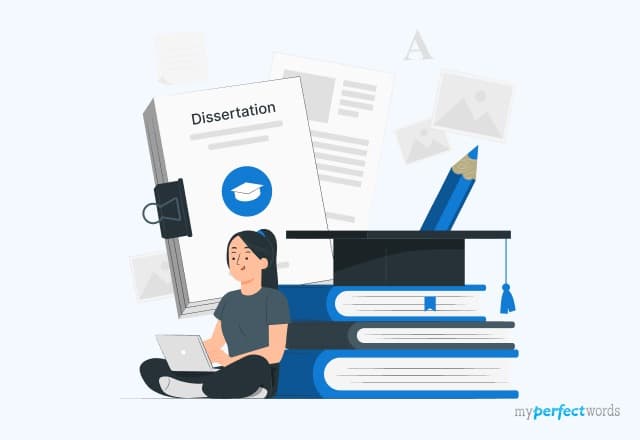
Dissertation vs. Thesis - Differences & Similarities

Extensive Dissertation Topic Ideas for Valuable Research
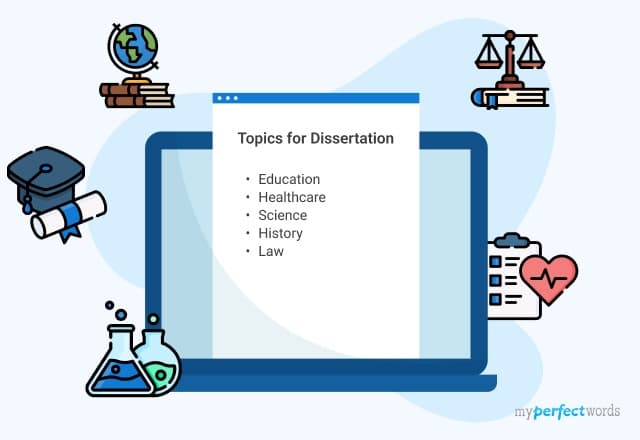
Dissertation Structure - A Complete Guide on Layout
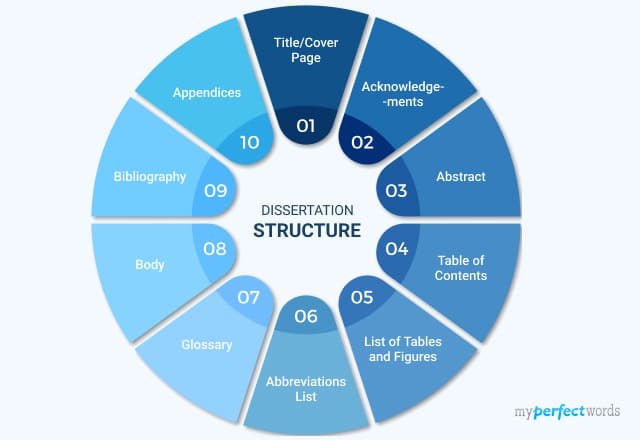
Easy Dissertation Examples for All Students
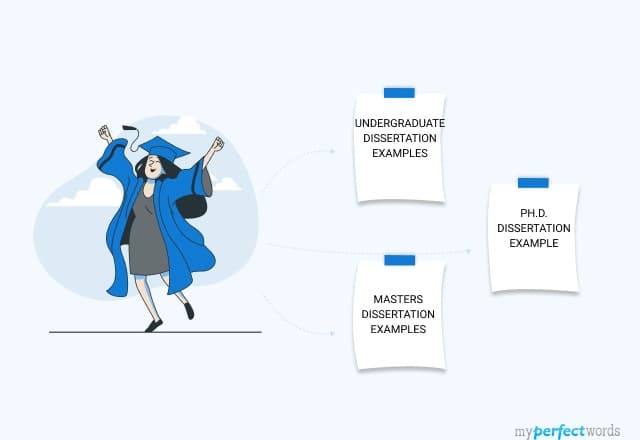
How to Cite a Dissertation in Different Citation Styles
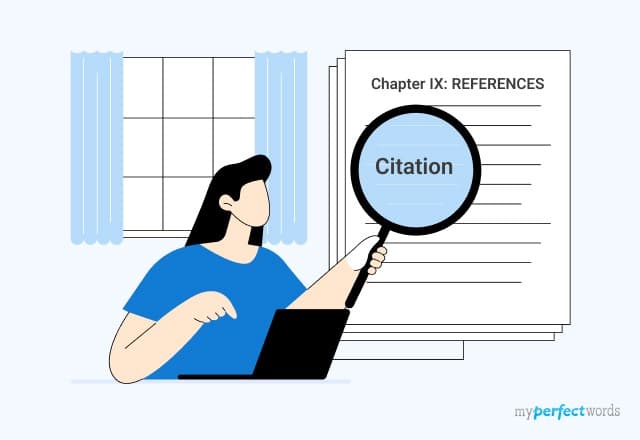
Write Dissertation Introduction With Expert Tips
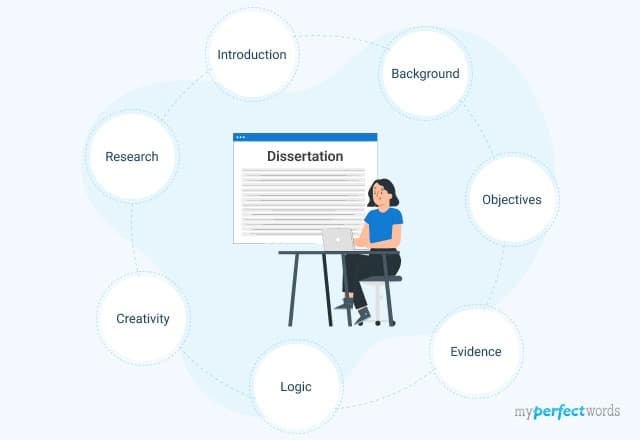
Dissertation Abstract Writing - A Quick Guide
